Provence au Printemps
Some impressions and images of places we’ve experienced in Springtime Provence …
Fontaine de Vaucluse
[09/05] Source of the river ‘La Sorgue’. The river seems to spring from inside a huge cave within a sheer rock cliff face. The water is cool and crystal clear.
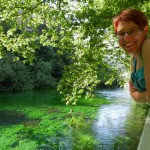
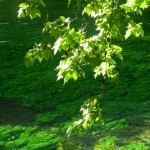
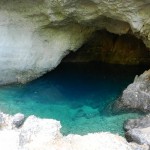
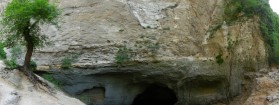
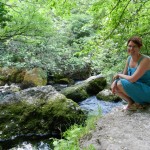
Le Luberon
[10/05] Despite the often heavy heat and dry air Provence is pregnant with lush growth and ripening fruit. Everywhere you go there are vines and fruit trees, mainly cherries hanging from rich green foliage.
The Petit Luberon and Grand Luberon are two hilly areas to the east of where we’re staying. The plains and valleys between the peaks are full of springtime richness. Perched on the peaks between them are the sandstone villages and churches that make up the particular and distinctive look of Provence. Many of the communities date back to the middle ages when they were positioned here for defensive purposes during less than stable times following the fall of the Roman Empire.

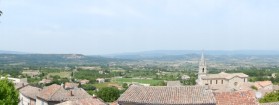
Aix-en-Provence
[11/05] Aix-en-Provence birthplace of Paul Cezanne the 19th century Impressionist painter. We went simply for a look around.

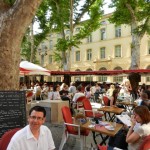
Les Beaux
[12/05] Les Beaux is a hilltop village and castle. Set amongst the ‘Les Alpilles’ hills Les Beaux is a beautiful village accessible only via winding roads up the hillside and between the plains where vineyards, fruit trees and olive groves are laid out in proliferation. The village and castle look as though they’re hewn from the solid rock that they stand on. Everything in the village is stone, cobbled streets, alleyways, alcoves, houses and shops all look like they’re springing out of the ground and are all a part of one solid mass. Winding streets lead you up through the village and up to the castle at the pinnacle. It is totally charming.
The village and castle dates back to about the year 900 A.D. The castle was decommissioned in 1631 but occupation of the village has continued on. Les Beaux was the former feudal home of the Grimaldi family (now the princes of Monaco).
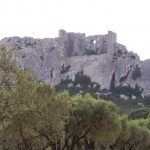
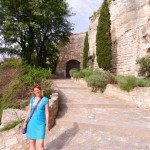
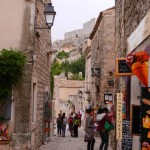
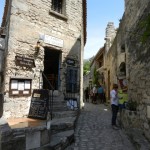
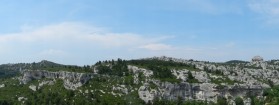
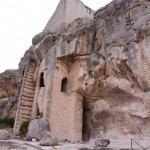
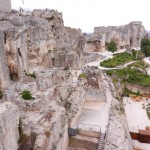
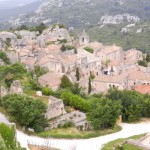
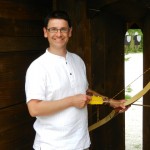
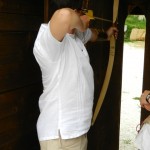
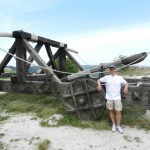
Les Abbaye de Senanque and Gordes
[13/05] Les Abbaye de Senanque was built in 1148 by Cicstercian monks and is still in use today by that order. I tried some interesting eerimental photography with our new digital camera in the hilltop town of Gordes.

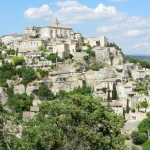
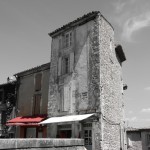
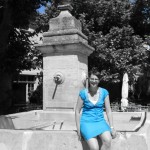
Random Provence factoids 😀 …
- The house of ‘Orange’ is the modern princely dynasty and royal family of The Netherlands. The family originated from the town of Orange in Provence.
- The Roman Catholic papacy has not always resided in Rome. During the period 1309–77 the popes took up residence at Avignon in Provence.
- Aix-en-Provence was originally the capital of Provence. It was founded as a military colony by the Romans c. 123 BC. It is now a satellite of Marseille, the modern capital of the Provence.
- Paul Cézanne (1839-1906), famous French Impressionist painter, was born in Aix-en-Provence. His work was a major source of inspiration for the Cubists Georges Braque and Pablo Picasso.
- Paul Cézanne’s atelier in Aix-en-Provence has been left exactly as it was when he died over 105 years ago and can be visited by tourists today.
- Provence is so named because it originally simply named Provencia by the Romans.
- The famous song “Sur la pont d’Avignon” often taught to school children when first learning French is actually about the bridge called “Pont St Bénézet” in Avignon in Provence.
- France is divided into 6 départements and then further divided into régions, 22 in all. The Provence-Alpes-Côte d’Azur région is the third largest in France with a population of 4,800,000 residents.
- The Provence-Alpes-Côte d’Azur région attracts a staggering 35 million tourists each year. The most in all of France.


